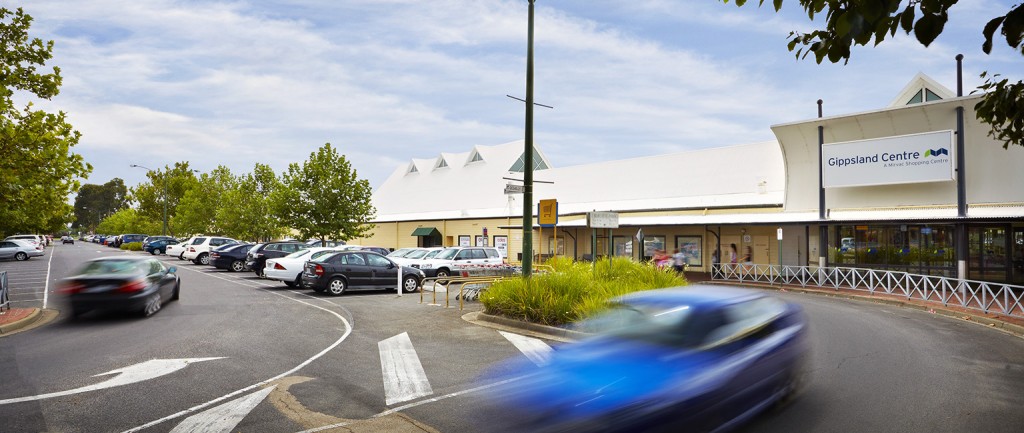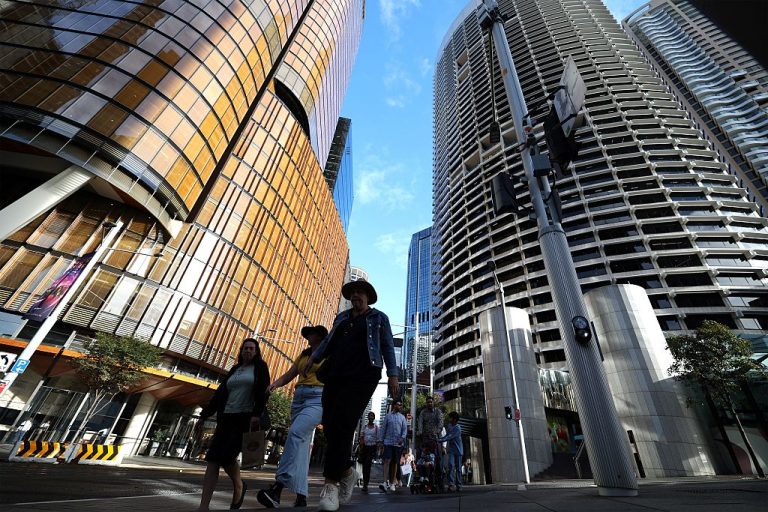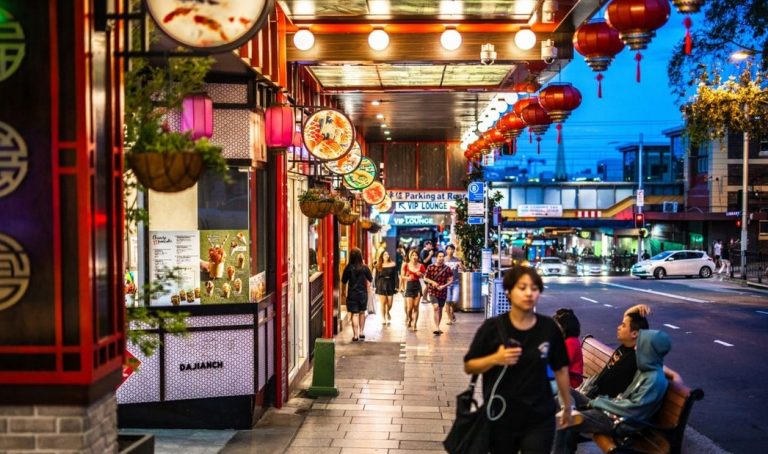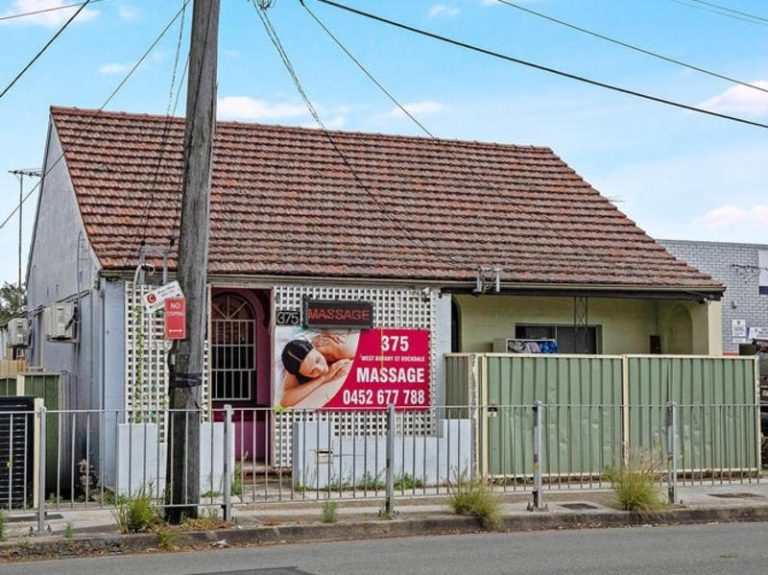Investors shopping up a storm in mid-size centres

Shopping centres are big business – and we’re not just talking about the money flowing through the cash registers.
Most of us think of shopping centres as where we buy the groceries, birthday presents and clothes to fill our wardrobes.
But investors last year spent almost $6 billion buying up Australian shopping centres, and that is just counting sales of $5 million or more.
And it was the mid-sized centres, known as sub-regional shopping centres, which were flying off the shelves.
It was the sub-regional shopping centres which were flying off the shelves.
Sub-regional shopping centres are classed as those with at least one discount department store, a major supermarket and about 40 specialty stores.
Sales of such centres last year leapt 43.6 per cent to a total value of almost $2 billion, according to a new report from m3property.
In March 2014, Mirvac Group sold two – Gippsland Centre in Victoria and Orange City Centre in NSW – for a combined price of almost $100 million.

Orange City Centre in NSW.
JLL Australian Head of Investments Simon Rooney, who handled the sales, says activity really stepped up last year.
He says it’s driven by pend-up demand for regional assets – they’re the bigger shopping centres with a department store, a discount department store, a supermarket and about 100 specialty stores.
“There is a growing pool of capital being allocated to this sub-sector of the retail investment market,” he says.
“A number of syndicators, boutique funds and offshore investors with access to capital are now becoming increasingly active, and are seeking to capitalise on the higher yields available in the sub-regional market.”
The report from m3property shows that the yield for sub-regional shopping centres is between 7% and 9.5%. That compares with 5.25%-6.75% for regional shopping centres and 7.25% and 9.5% for smaller neighbourhood centres.
Read more: Yield: what is it & what drives it in commercial real estate
Victoria and NSW accounted for about half of the sub-regional sales last year, with Victoria responsible for $566.75 million (or 28.5%) and NSW responsible for $646.25 million or 32.5%.
The biggest sale was for Carlingford Court, NSW. Federation Centres and a major Australian superannuation fund bought it from GPT Funds Management Limited in December for $177 million.

Which brings us to who is buying these shopping centres.
The m3property shows that A-REITs and unlisted trusts drove sales in 2012, last year it was unlisted trusts that were behind investor demand.
It found Challenger and ISPT Pty Limited were the most active investors in 2013, in the number of properties bought and the value of properties bought.
“We also saw the re-emergence of developers, syndicates and foreign investors in the market,” the report says.
At the smaller end of the market, neighbourhood shopping centres changed hands to the tune of $1.8 billion – and it was private investors and unlisted trusts behind most of the purchases.
CBRE research shows investors last year bought nine neighbourhood centres for a combined value of close to $200 million.
So what does all this mean for our shopping centres?
Analysts from m3property believe the outlook is “cautiously positive”, with consumer confidence vital to retail sales growth and therefore demand for shopping centre floorspace.
“Shopping centres nationally are expected to experience improving leasing and investment conditions in 2014, driven by increasing consumer confidence, low interest rates and weight of money flowing into property,” the report says.







